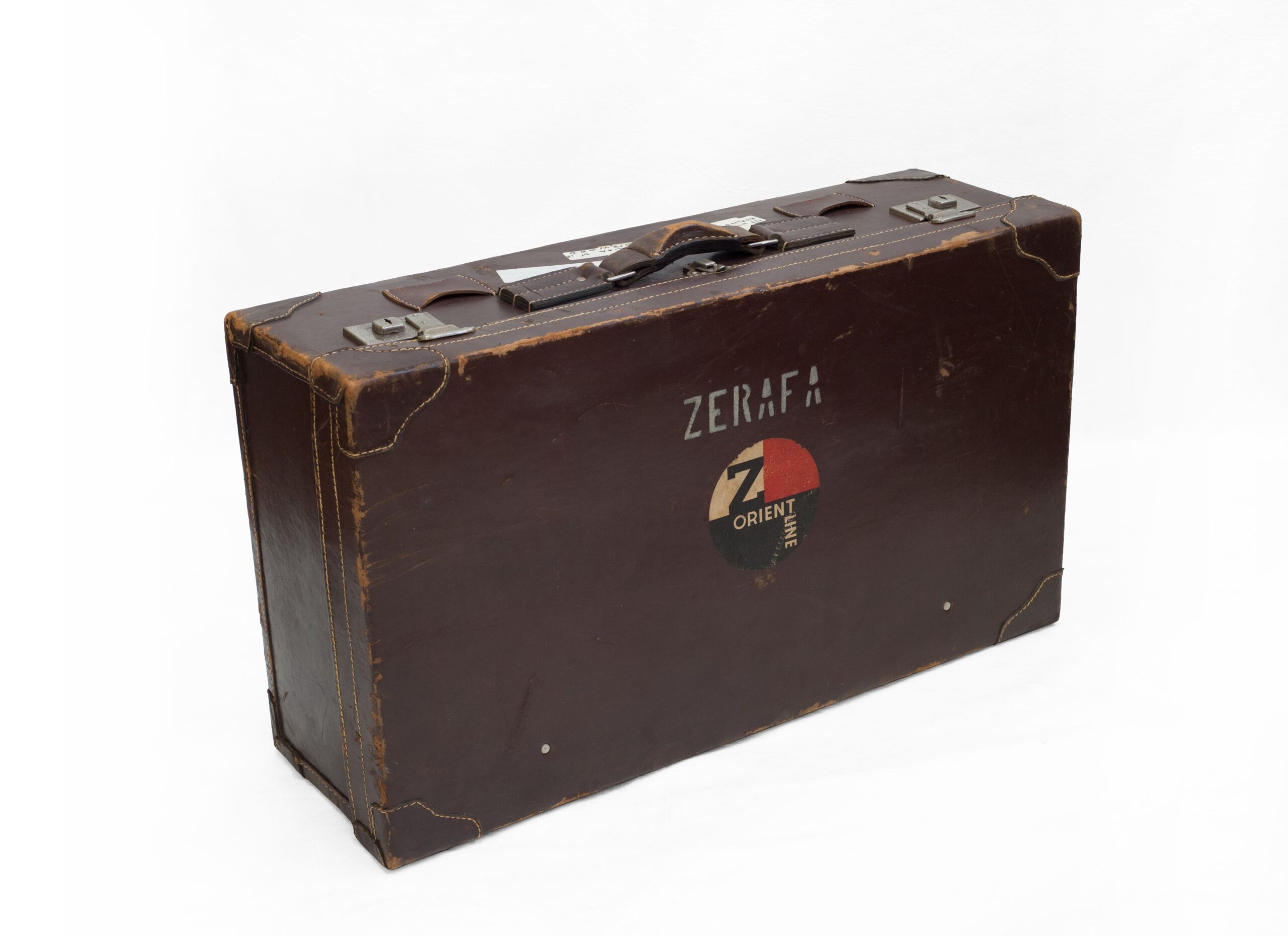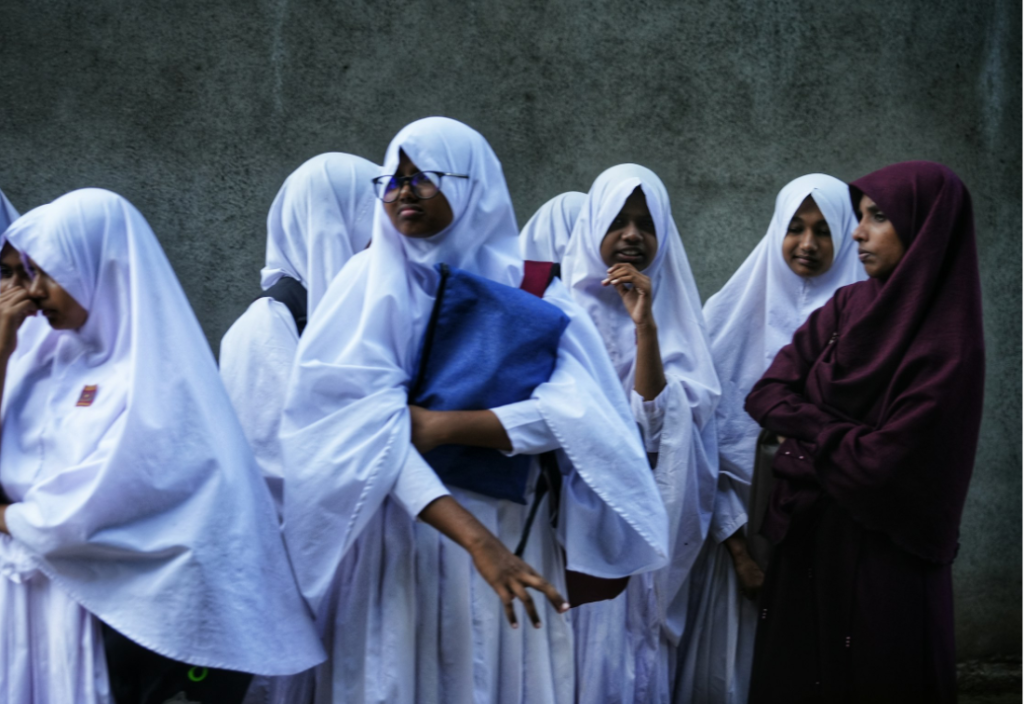It was Litchfield Engineering Company, Croyden Park Extension, then an outer suburb of Adelaide, in 1960. My father, who was in charge of finances in the company, which employed about 80 men and women, got me a job there during university vacation.
It was an education. I was first attached to the maintenance section, a two-man team. One was a Pole, ‘Ted’ – a concession to Australian linguistic incompetence. His real name was Tadeutz. I asked him what he did during the war. Was he in the army? “No”, replied Ted, “they are murderers.” “How did you get out of it?” I asked. “I hid,” he answered. Dad informed me that Ted was “very mean”. It may have been true, because one of his favourite remarks about life was that people often knocked on his door asking for money, but no one ever knocked on the door and offered him money. He was the first pacifist I had met.
At later university vacations, I worked in the machine shop as a process worker – that is, I was unskilled. The foreman was another Pole called ‘Ted’. The factory was full of ‘new Australians’, as we were encouraged to call them. There were Poles, Italians and Yugoslavs. This Ted didn’t look like the other Poles; he didn’t have the same rural ruggedness. His father had been a doctor in Auschwitz during the war. In that time, two prisoners escaped, and came to Ted’s house asking for money. They had gone to school with his father. He couldn’t refuse. Later, the two prisoners were captured and beaten up for information about who had helped them during their escape. They gave the name of Ted’s father.
Ted’s mother and father were interned in Auschwitz and Ted was sent to a concentration camp for children. While there, he received a telegram from the authorities with the news that his parents had died of a heart attack. “Yes,” commented Ted, “after they had been hit on the back of the neck with a shovel.” In the last days of the war, Ted’s camp received orders to kill all the children. Instead, the leader of Ted’s section, a communist, did not return them to camp after a day’s work, but instead marched them around the country. Ted was liberated by the Russian Army.
Another interesting character, with whom I used to eat lunch seated on a packing case surrounded by machines, was Peter Scopacasa. Apparently his name meant “house sweeper “in Italian. After Bob Menzies won an election, Peter wrote on the side of his machine in chalk “Viva Christiana Democrasia,” next to a drawing of a grinning cat.
Peter had served in the Italian Army in Abyssinia, Spain and North Africa. He seems to have been part of a machine gun crew. There was one to feed in the ammunition belt, another to fire the gun, another to draw out the belt. He had fought in at least one major battle in North Africa. He told me that he had helped a wounded Australian to a field dressing station, presumably Italian, and that there were planes diving out of the sky. But he didn’t want to talk about it.
Another Italian joined the machine shop. He walked with hunched-up shoulders, his face turned away. Peter, a sympatico Italian, stormed up to him, and, in a magnificent scene, demanded an explanation for this anti-social behaviour. It turned out that the man had served in the Italian Army in Russia and been a POW in Siberia. The machine shop was a gregarious place. He didn’t stay long.
Peter died not long after my final time in the factory in the summer of 1964-5. By a co-incidence, I knew a medical student who had worked in the hospital where he died. He remembered Peter’s case. “It’s always annoying when that happens,” he said. “He died before we had him properly diagnosed.” They had tentatively diagnosed pleurisy. Dad thought it was probably silicosis. Peter worked on a sand-blasting machine which was a rotating belt of heavy grade sand paper, against which he pressed items from the lathes to grind off the burrs. He must have breathed silicon dust all day.
There would be many stories like this, buried around Australia.
This article was originally published in the June 2021 edition (vol. 121) of Australian Rationalist.
Photo by Rachel Harris, Bit Scribbly Design (History Trust of South Australia) (Creative Commons)



